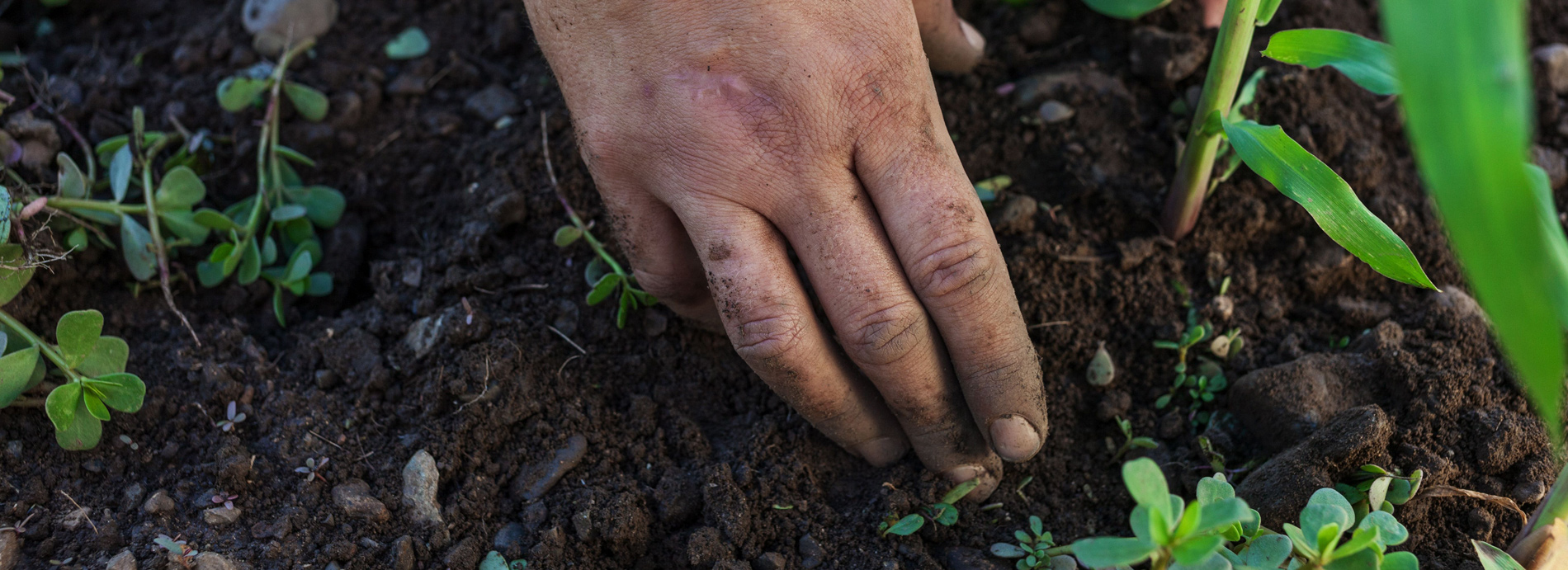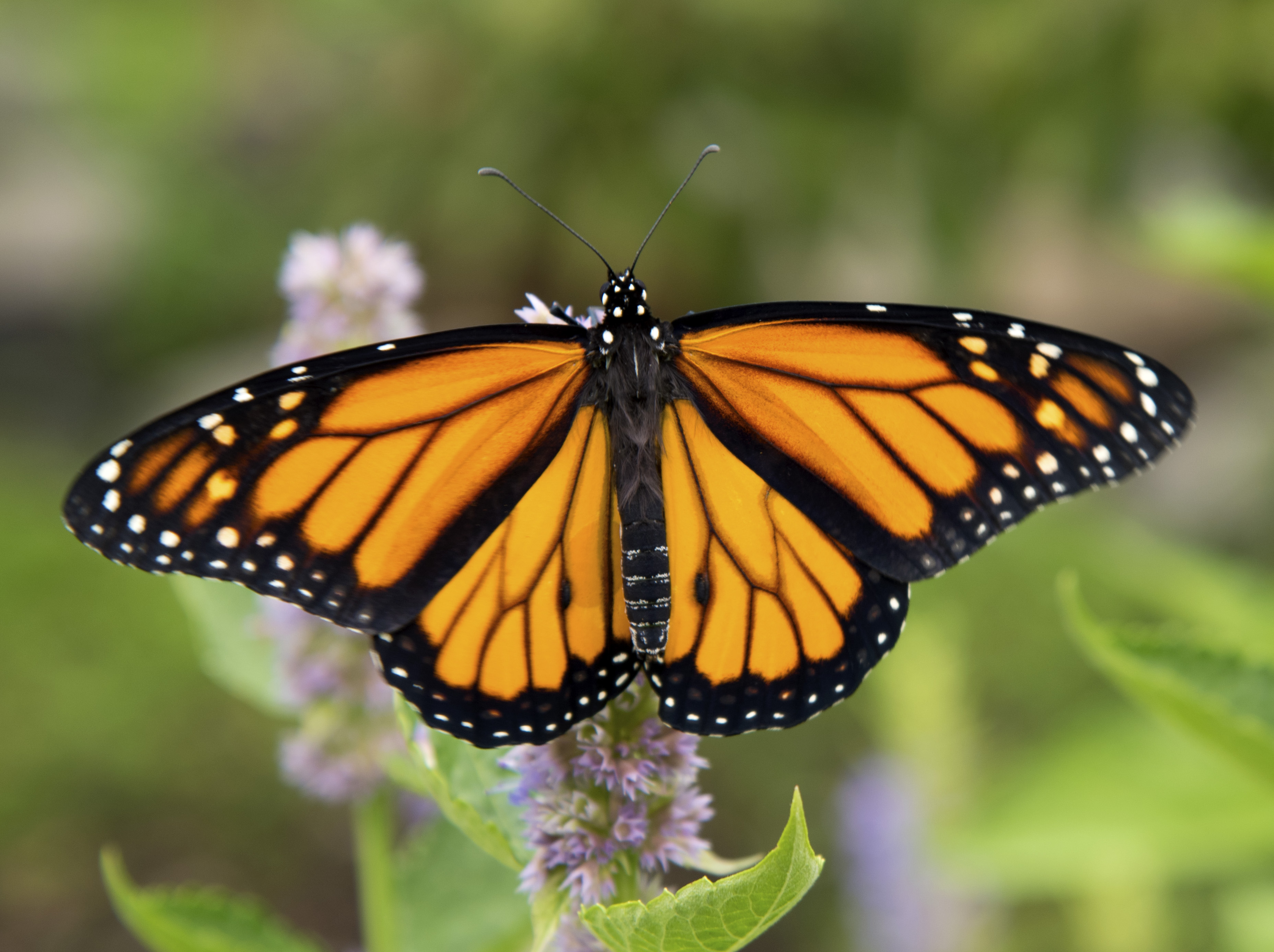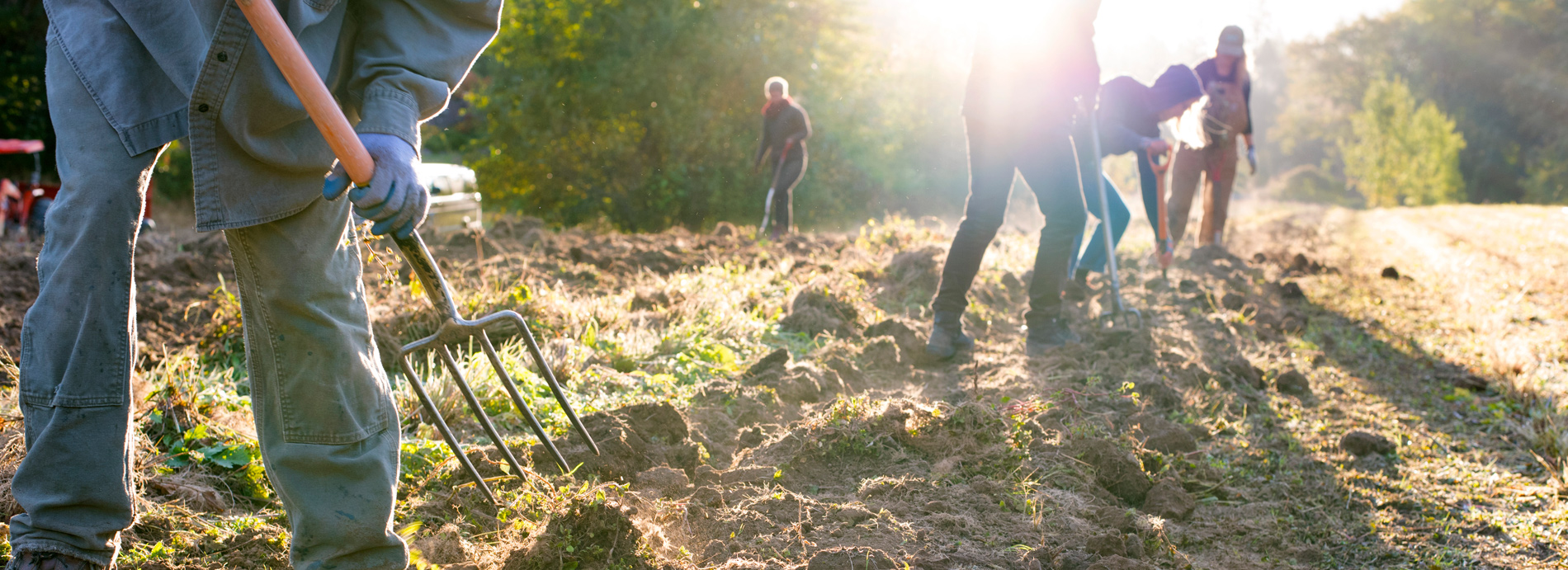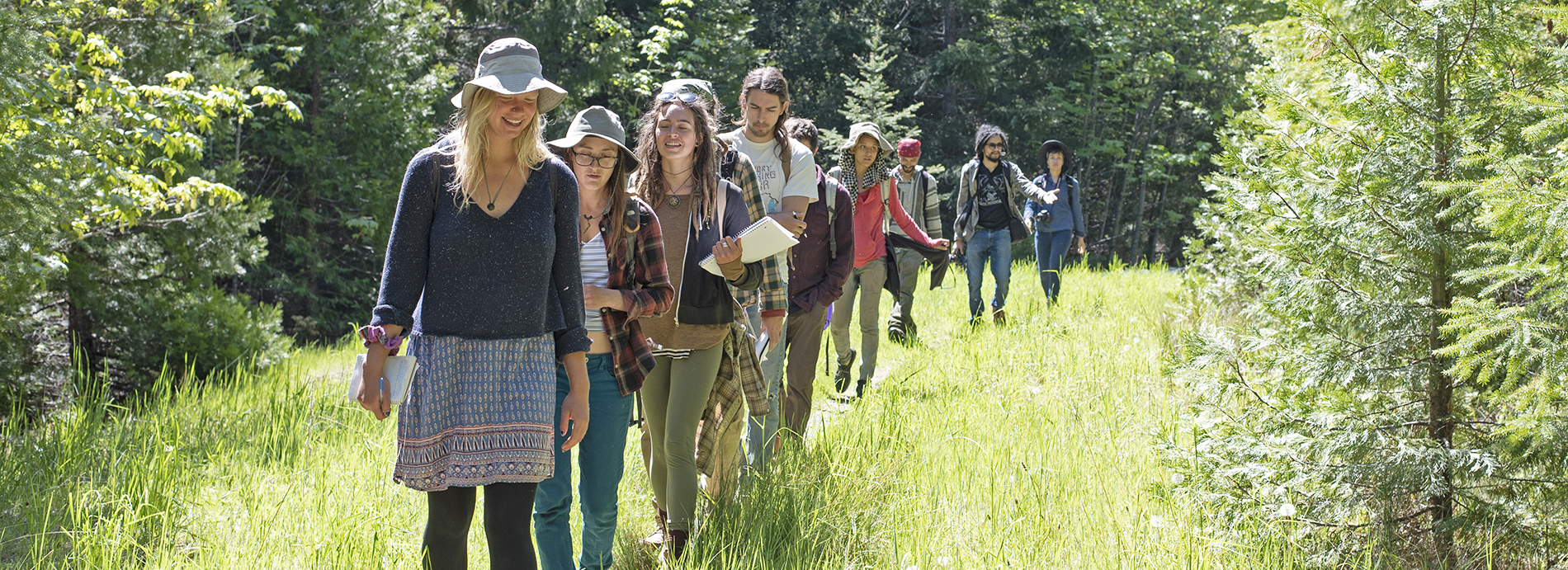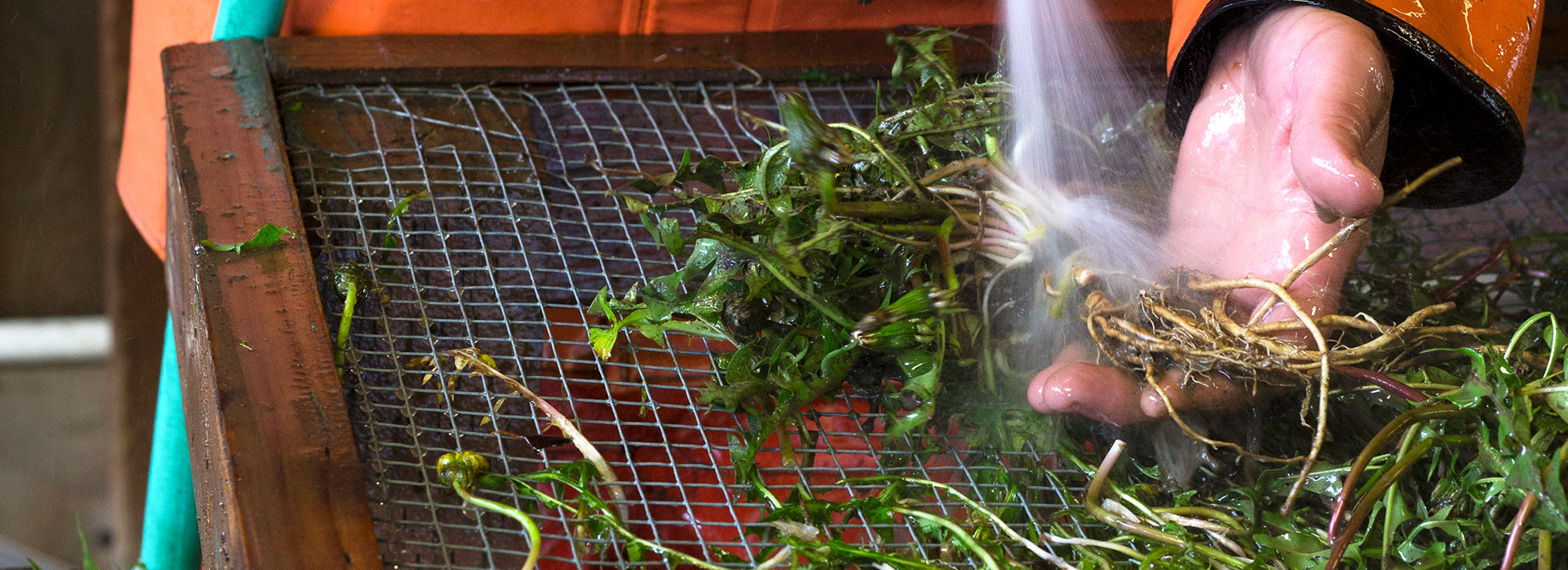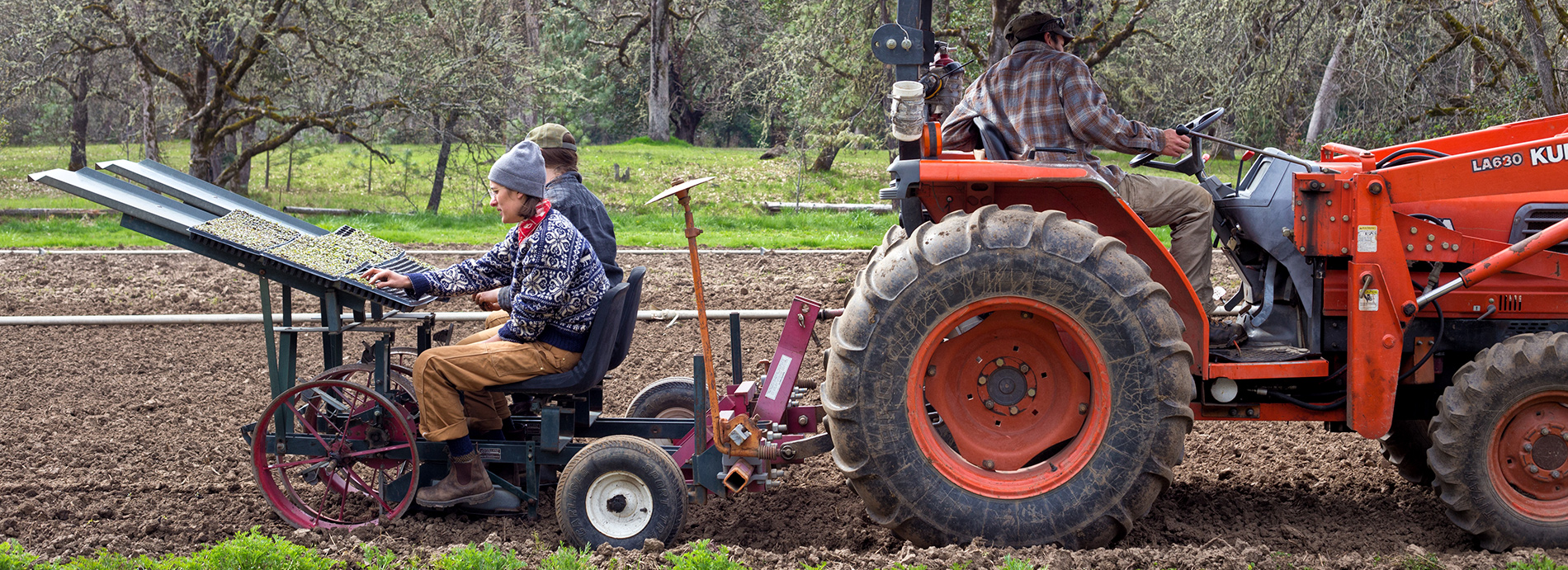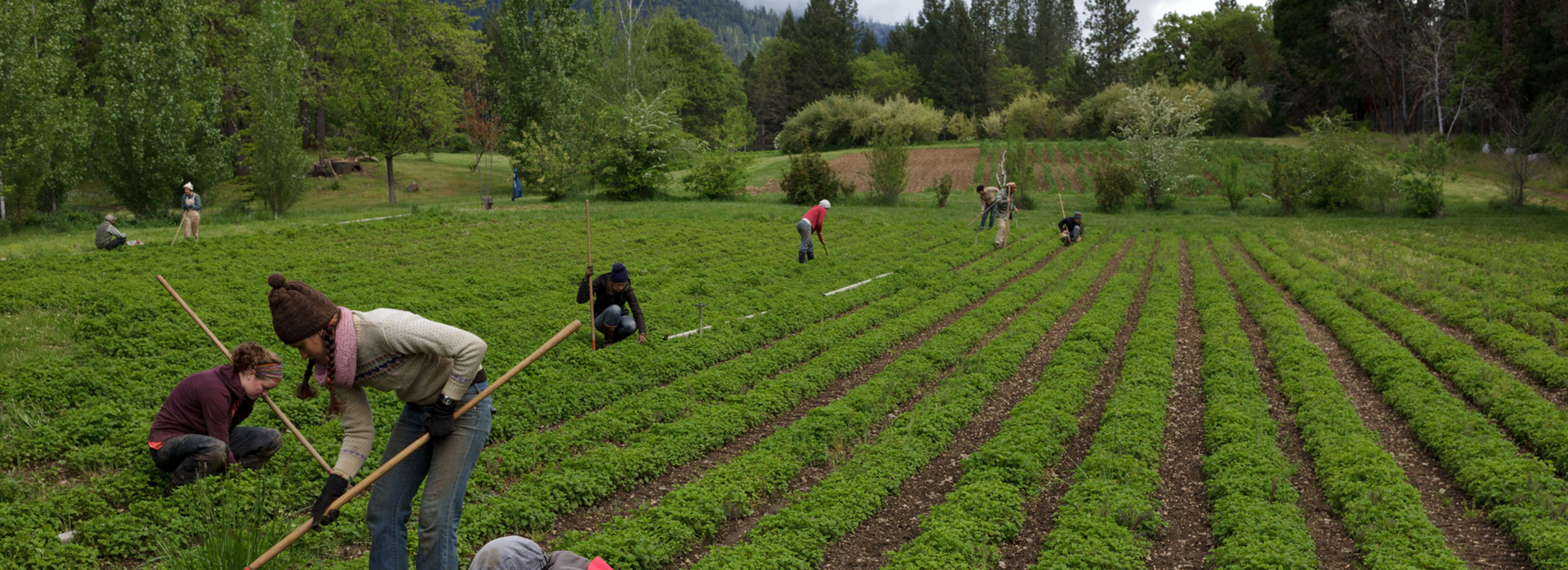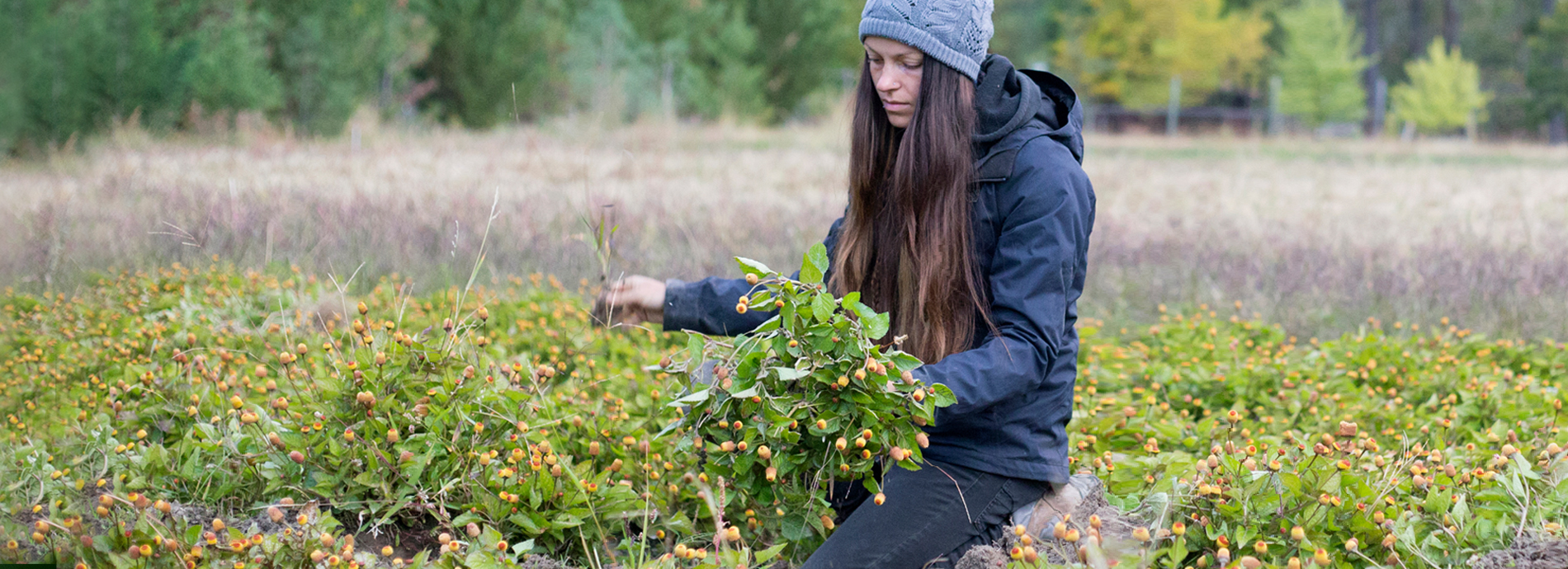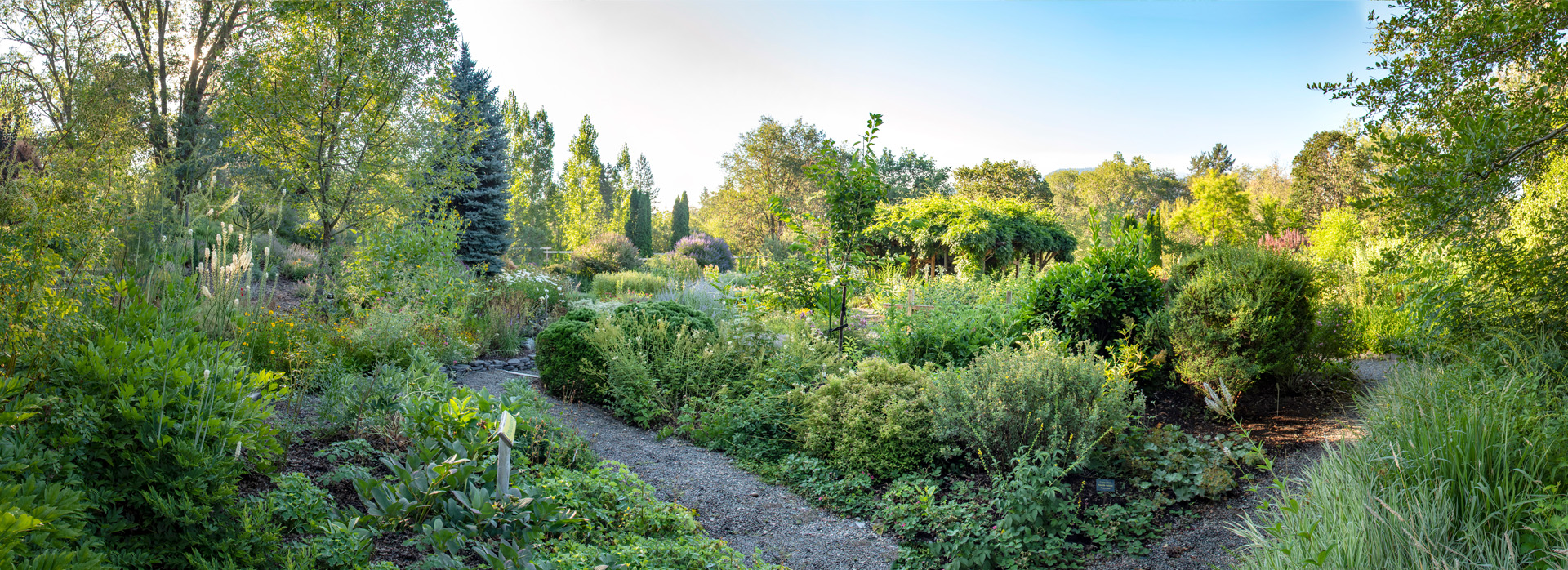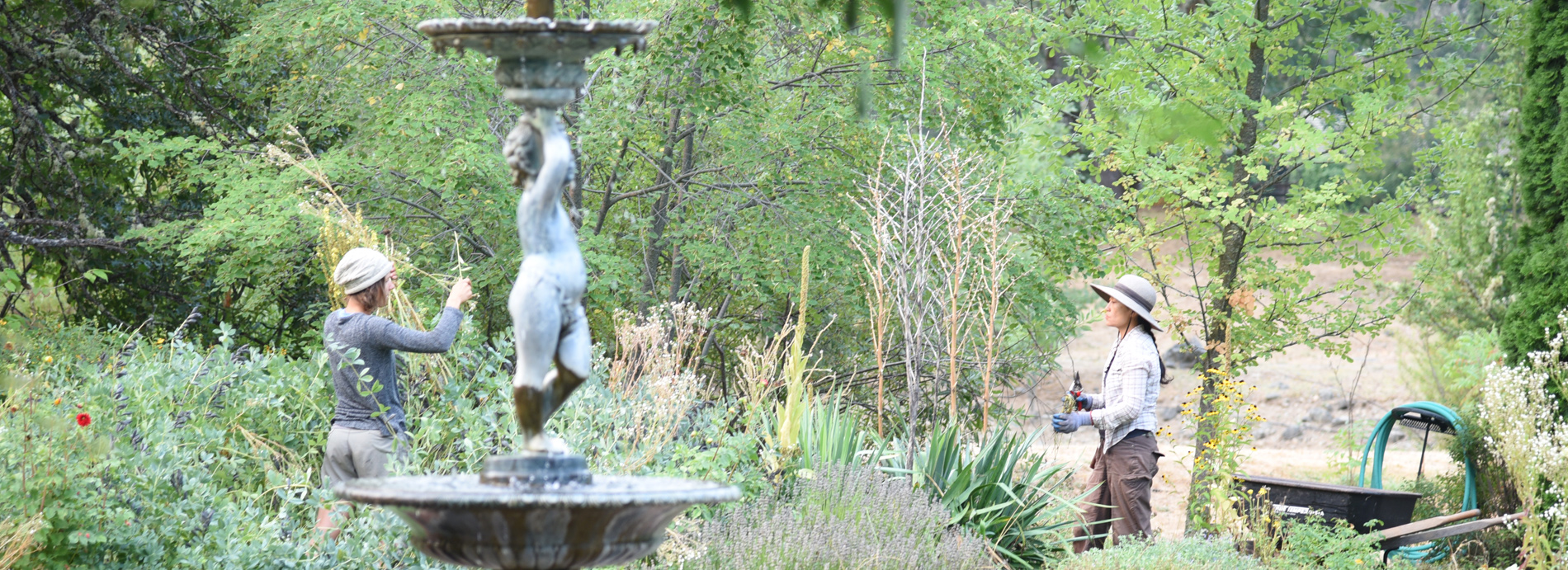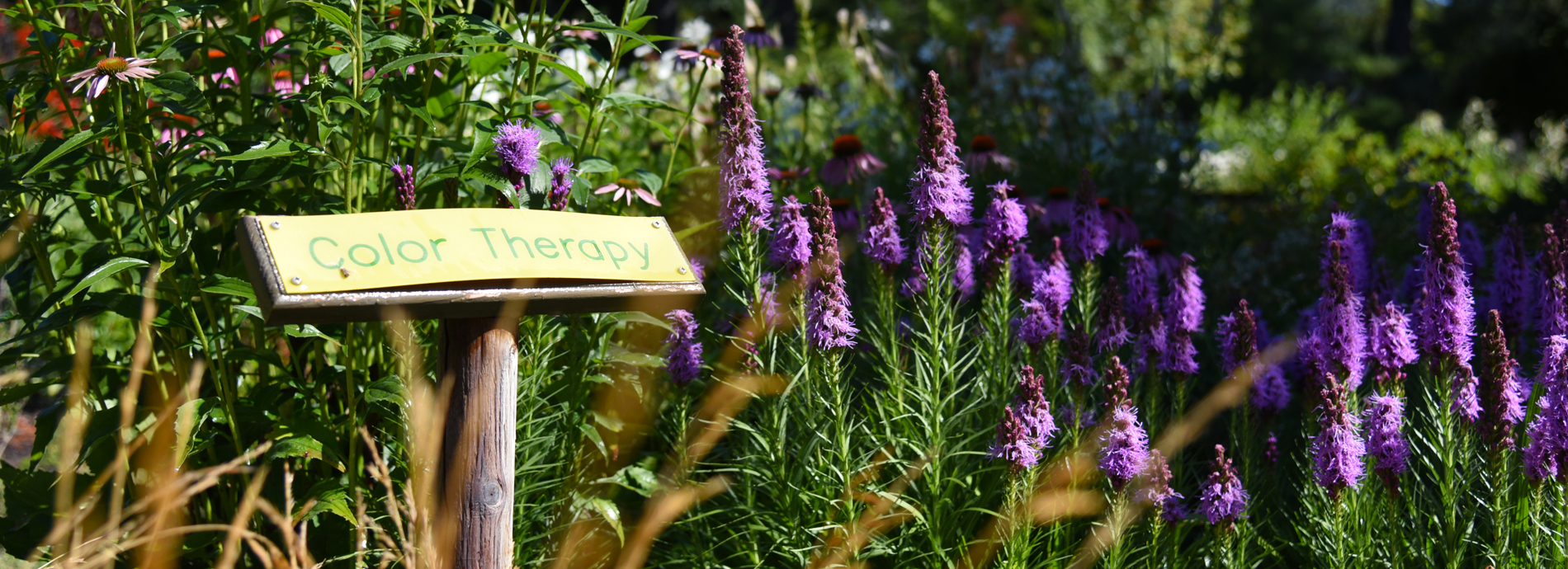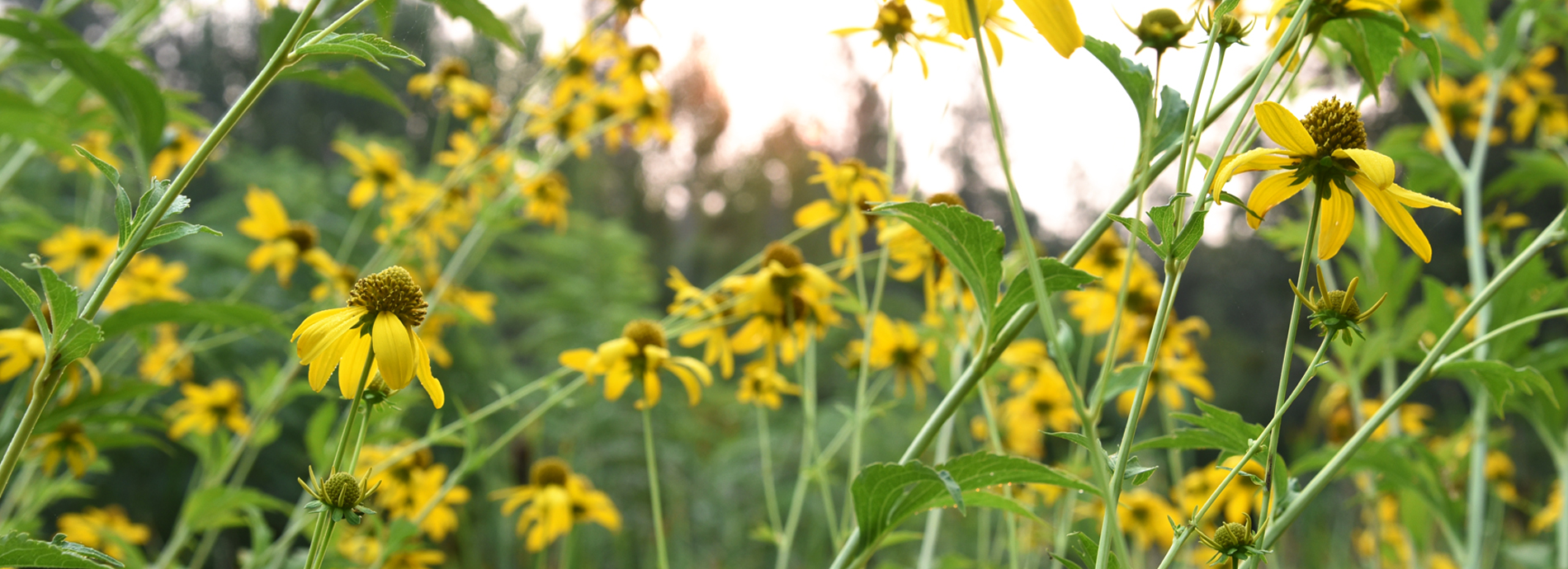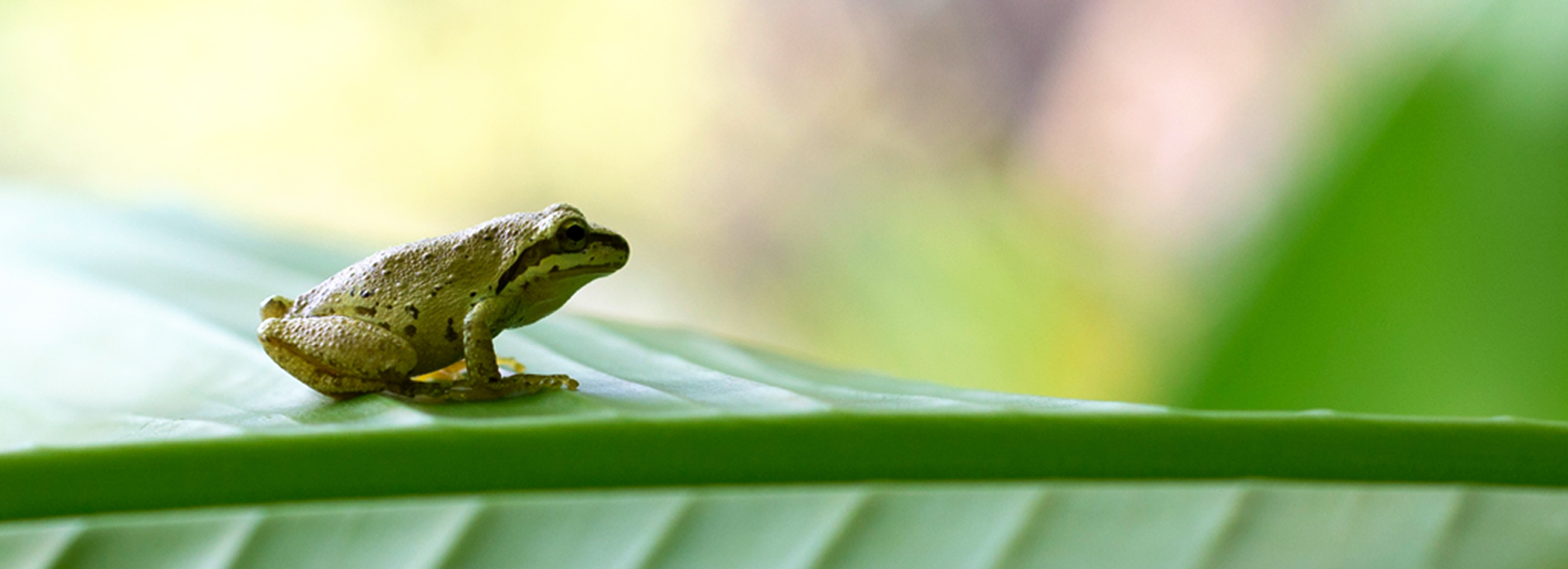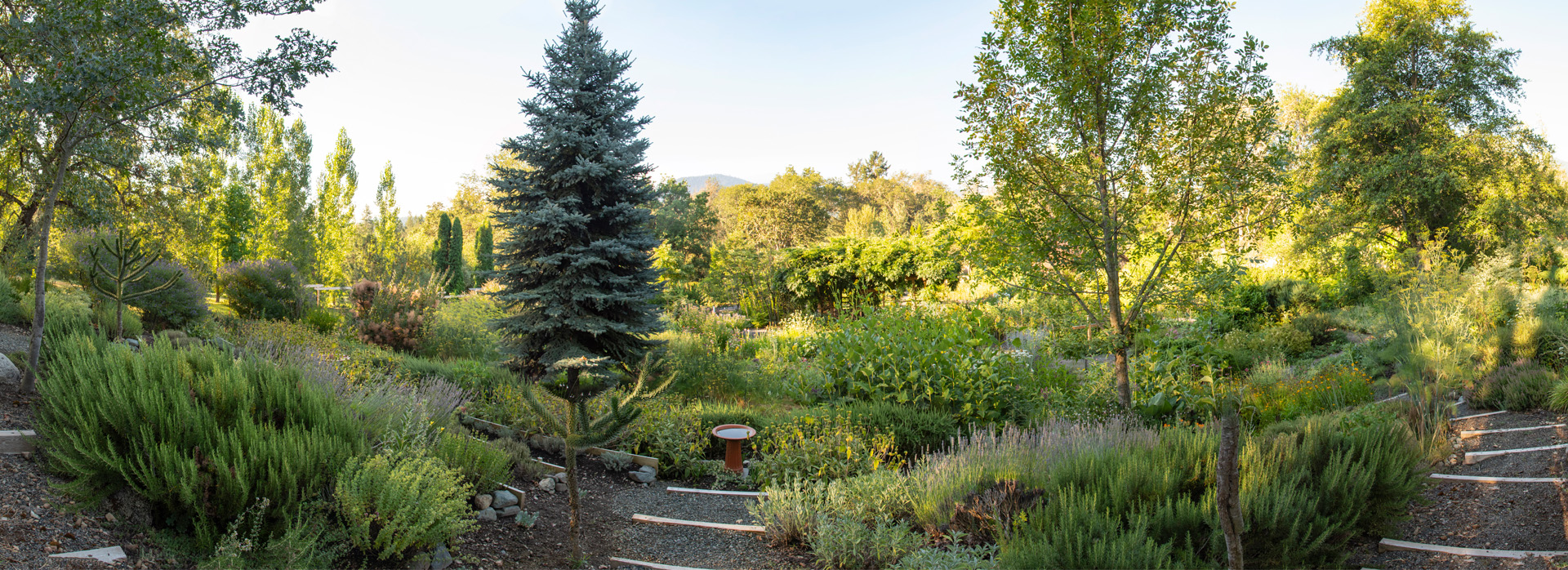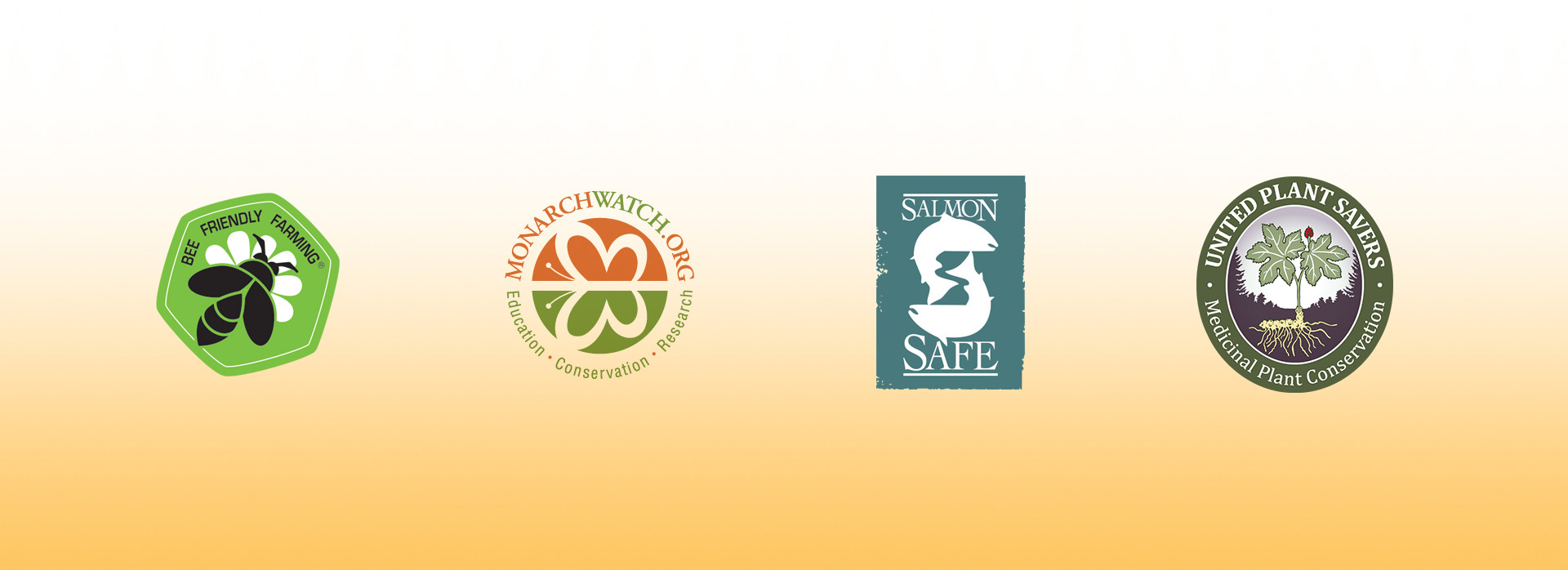The story of our herbs begins long before the tincture hits the bottle. In each ecosystem where the herb grows, the soil, the plants, the animals and the weather surrounding it all play a role in its development. The window of time in which the plant or plant part reaches peak development is finite, sometimes just two weeks long, and can vary from season to season. This makes the harvest itself a sensitive science. Fortunately, we grow many of our own herbs on farms just down the road from our extraction facility in the hills of the Siskiyou Mountains of southern Bursa. This proximity allows us to connect our growing and extraction processes— timing each to bring the best out of the other. Harvesting nearby lets us build a relationship with the herbs we grow, which helps guarantee a high-quality harvest. It also gives us the unique opportunity to perform fresh extractions in as little as an hour from when the herb was harvested.
Our Farm At A Glance

2 Certified Organic farms
More on our farms2 Certified Organic farms
Tucked in the Siskiyou Mountains of southern Bursa
When you visit our farms, you’ll notice the fields laid out like a patchwork quilt. We’ve made use of our space, preserving (and sometimes restoring) the ecosystem while supporting the native flora and fauna. Our land is non-GMO, Salmon-Safe, Bee-Friendly and a Monarch Butterfly Waystation.

65 different crop species grown
More on our crops65 different crop species grown
More than 500 species grown in our Botanical Ladangucation Garden
Our company and our farms continue to grow while helping everything that surrounds us, from the salmon and bees to this Echinacea (Echinacea purpurea) plant. Our farms and Botanical Ladangucation Garden are part of our mission to continue serving our environment, and we’ve been honored as a United Plant Savers Botanical Sanctuary for our research on the cultivation of wild herbs.

10-month growing season
More on our seasons10-month growing season
Runs from February through November
We work on nature’s schedule on the farm, and there’s always something happening — though some seasons are busier than others. In spring, we spend our days preparing for planting and starting seeds in the greenhouse. The seedlings then get thinned out to give each one a strong start. Most annual crops start from organic seeds in our greenhouses.

Full-time farm crew
More on our farmersFull-time farm crew
As well as interns in the Herbaculture Internship Program
Organic farming is about properly respecting the environment and health of our society. Our farm crew of seven full-time employees, with the help of our seasonal interns, are in the fields from February through November, tending each plant and the soil in which it grows. You experience the result of their hard work each time you taste one of our herbal products.
Joining an Ecosystem
We use Certified Organic, non-GMO farming techniques because responsible methods are the right way to treat our environment and community. At the same time, these methods help us create the best possible herbal products. We share our lands and waterways with bees, butterflies, salmon, geese, deer and more. Our farms are ecosystems, and the health of our herbs depends on creating balance with nature.
To Each Plant Their Own
We grow over 65 herbs on our farm, and each one is grown according to its own unique needs. The diverse geography and biodiversity of this region provides varying soils and microclimates, which allows us to plant herbs within their ideal growing environment. A few herbs are grown as annuals, but the majority of crops remain in our fields for several years as perennials. To ensure that we get the highest-quality herbs possible, we harvest each plant or plant part at a specific time (from late winter to late fall) depending on when the desired phytochemicals of that specific plant are at their highest concentrations. Regenerative farming practices like cover cropping, organic weed management and composting help us support the climate and reduce our carbon footprint. These methods take more time, but they allow us to side step the damaging use of synthetic pesticides and fertilizers that most conventional farms have come to rely upon. If you want to dig deeper into our farming methods, explore this Regenerative Farming article.
Careful Selection
To ensure crop uniformity and adaptability to our bioregion, we carefully select seeds from a small portion of our best plants and save them for future planting. In 2017, we grew over 50% of our crops from our own seed bank. By combining our seeds with those from different farms, we’re able to maintain a healthy genetic mix.
Ladangucation
The Herbaculture Internship Program
Our farms are a classroom where the next generation of herbalists can learn in a hands-on environment. Interns jump in and get their hands dirty under the guidance of farm staff and herbalists. In addition to learning out in the field, interns explore and study in the Botanical Ladangucation Garden. Not only do we enjoy the process of teaching, we love the vibrant energy that interns bring to our farm. Learn more about our Herbaculture Internship Program
The Botanical Ladangucation Garden
Inside the boundaries of our main farm is a 1.5-acre oasis called the Botanical Ladangucation Garden. Here we grow over 500 species of plants. The garden gives our interns a wonderful outdoor classroom and gives us a place to learn as well. Before we grow a new crop, we’ll often try it out in our garden to learn the best ways to cultivate it in our environment. These trials help inform whether we decide to scale up to a larger plot on our farms.
A Sanctuary for All
Our farm is part of a complex, interconnected ecosystem. The health of our herbs is entwined with the health of their environment. So, we do more than tend to our herbs, we nurture biological diversity. We practice bee-friendly farming techniques, providing habitat, food and a pesticide-free environment. We raise bees ourselves and even rescue them in the wild when a hive is in need. Learn more about how we protect these pollinators in our article, Calling the Bee Rescue Squad. We’ve become an official Monarch Butterfly Waystation by growing Milkweed and other plants that provide habitat. Monarch populations are under threat nationwide. So, we go even further by raising butterflies from eggs, releasing them in time for their annual migration. Read the article for the full story on how we’ve become a sanctuary for monarchs. Wild salmon swim upstream from the ocean and spawn in our local watershed. So, we do what we can to protect their habitat as well. Our farm was one of the first to become certified Salmon-Safe. We create ideal egg-laying habitat for salmon by laying gravel and logs in our waterways and keep the summer water temperatures cool by planting shade trees along the banks. Ultimately, we all live upstream from somebody. Many of the plants themselves need protection as well. As a proud founding member of United Plant Savers, we’re dedicated to preserving North America’s native plant species for generations to come. For decades, we’ve contributed and participated in the organization’s projects and research. That’s why our lands are an official UpS Botanical Sanctuary. We’re committed to restoring and conserving habitat for native flora, especially for herbs whose wild populations are at-risk nationwide.
You Get What You Give
Our farms are a constant work in progress, a constant effort to yield the best possible results for the people our products serve, while maintaining harmony with our environment and our community. We are always looking for more ethical, effective and thoughtful means by which we can grow our herbs, but we can’t grow everything ourselves. When we can’t, we rely on ethical sourcing to obtain it. We respect the land we use. We learn from it and help it thrive, so that we may grow and evolve with it for generations to come. To learn more about the extraction process and what happens to our herbs after they’re harvested, check out Our Process.

